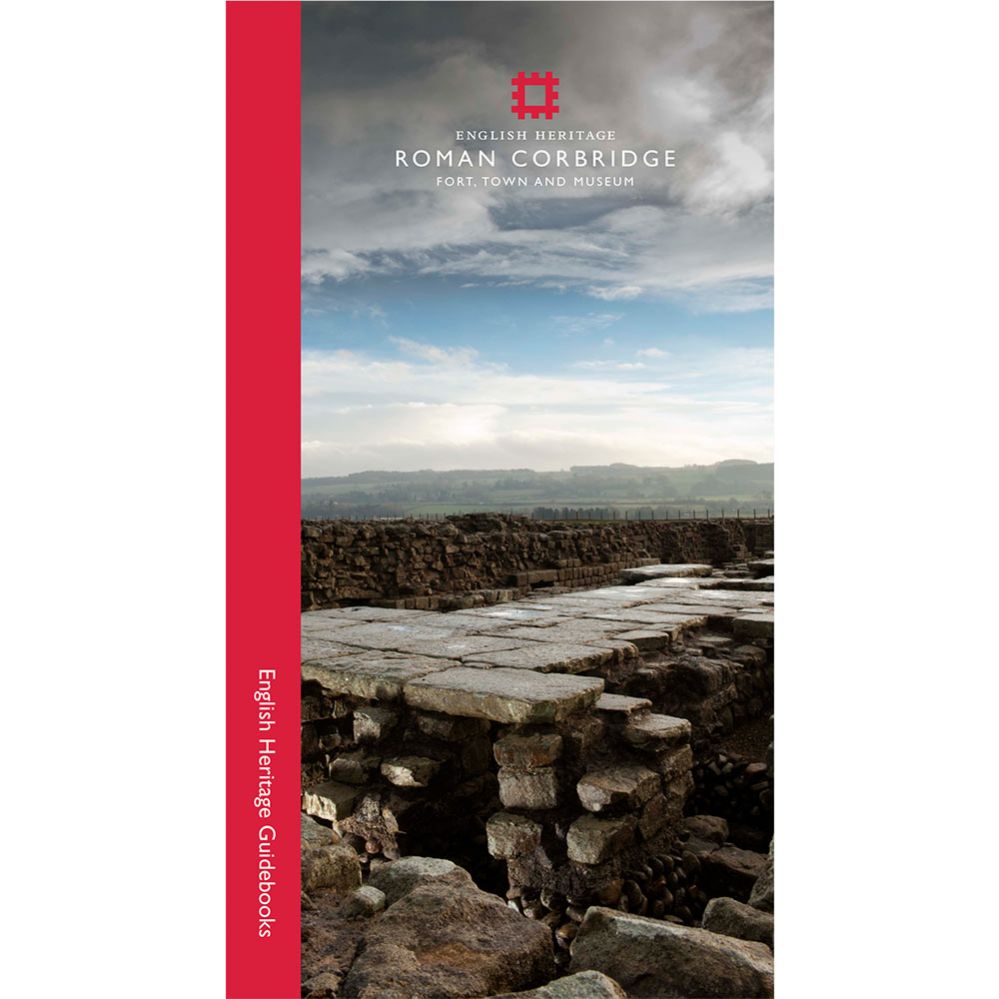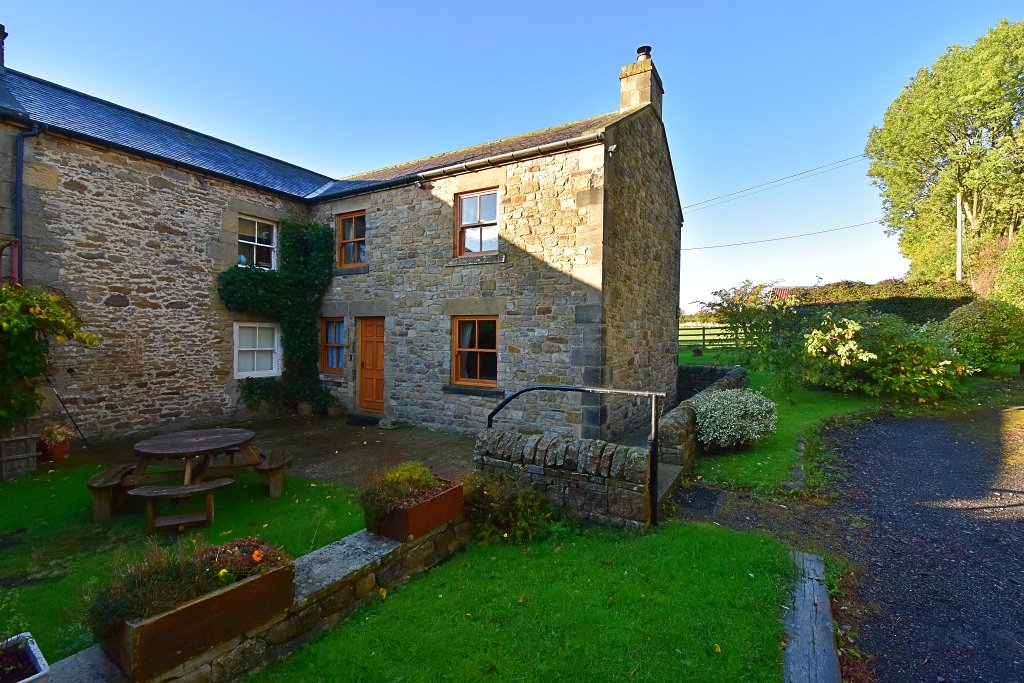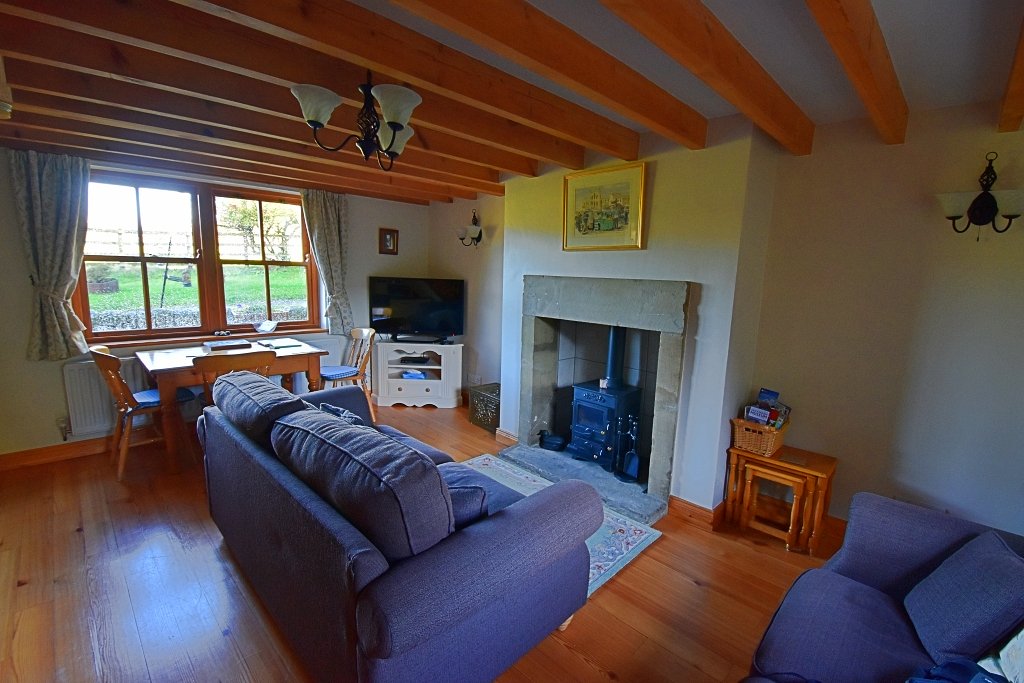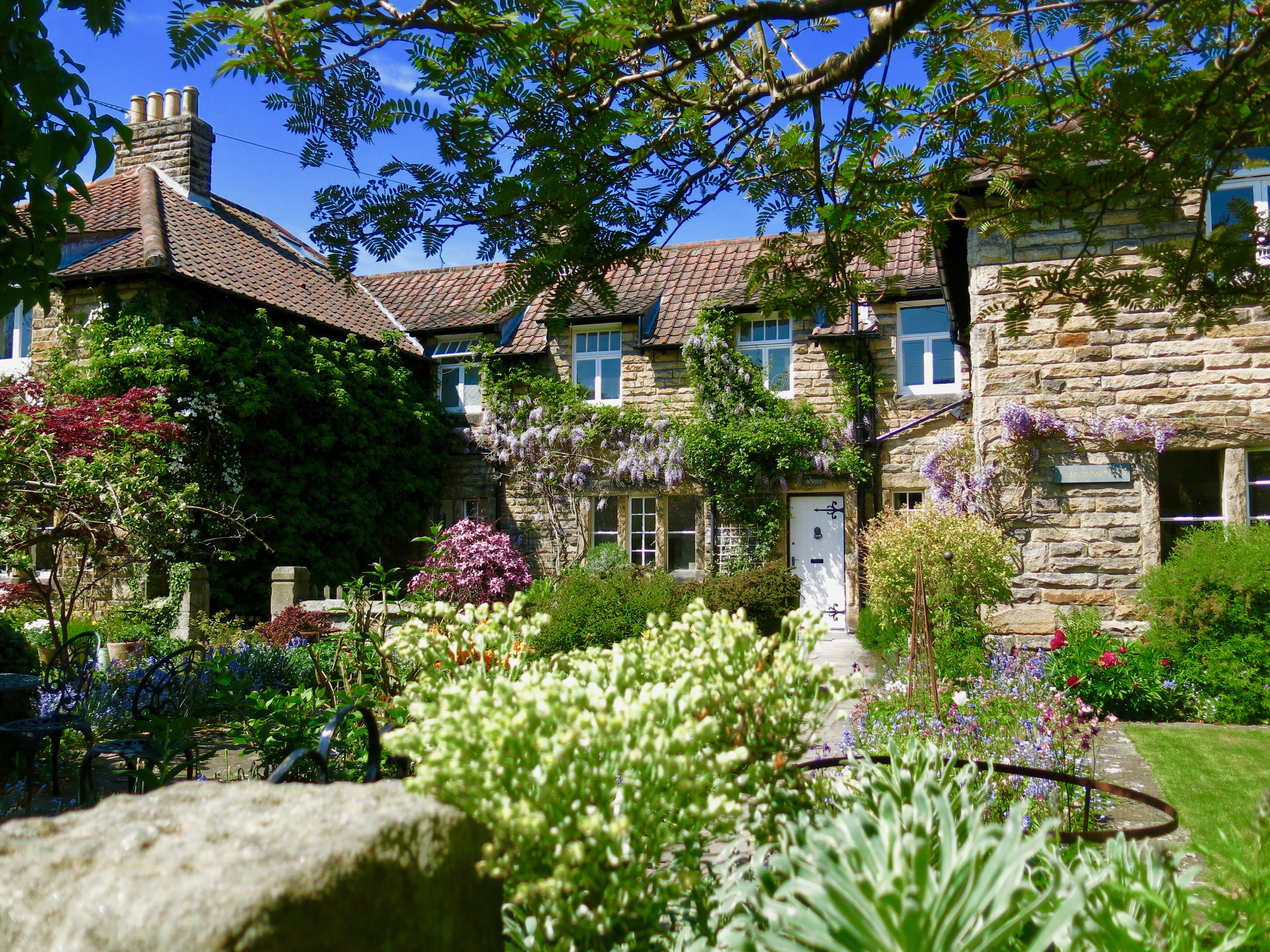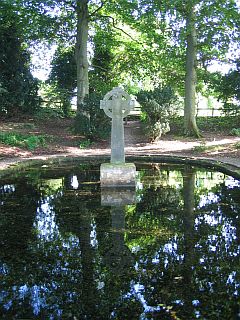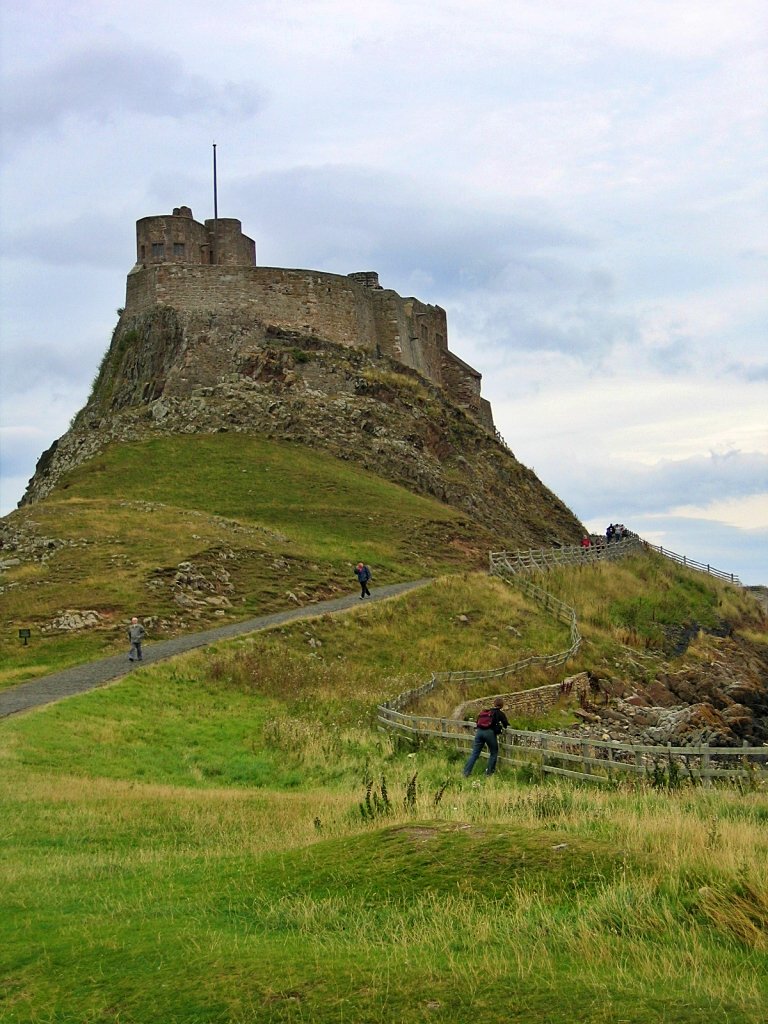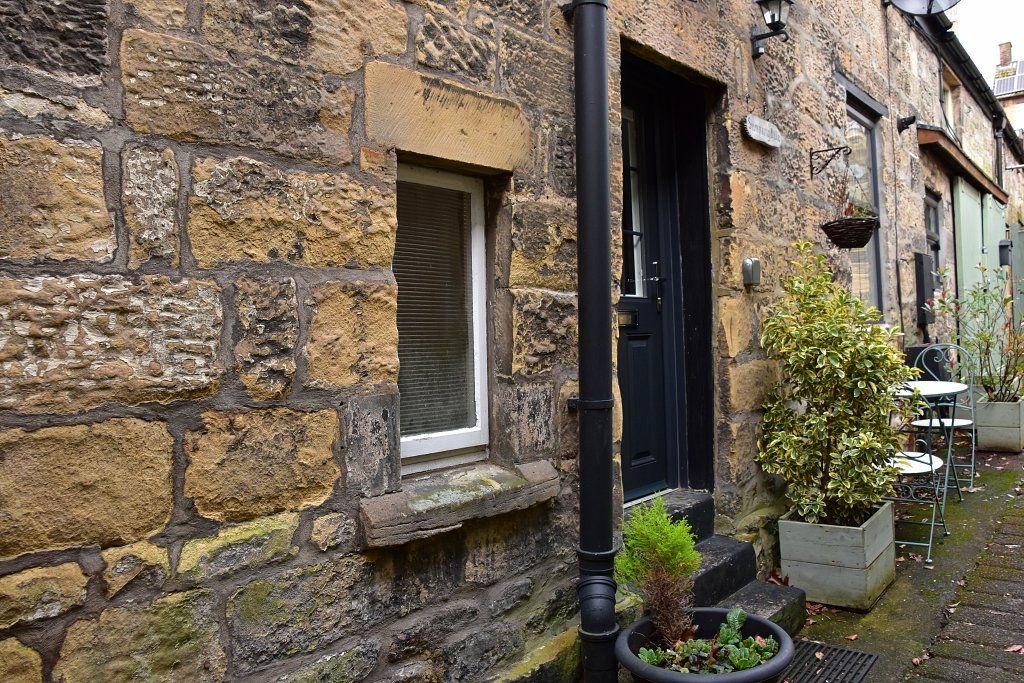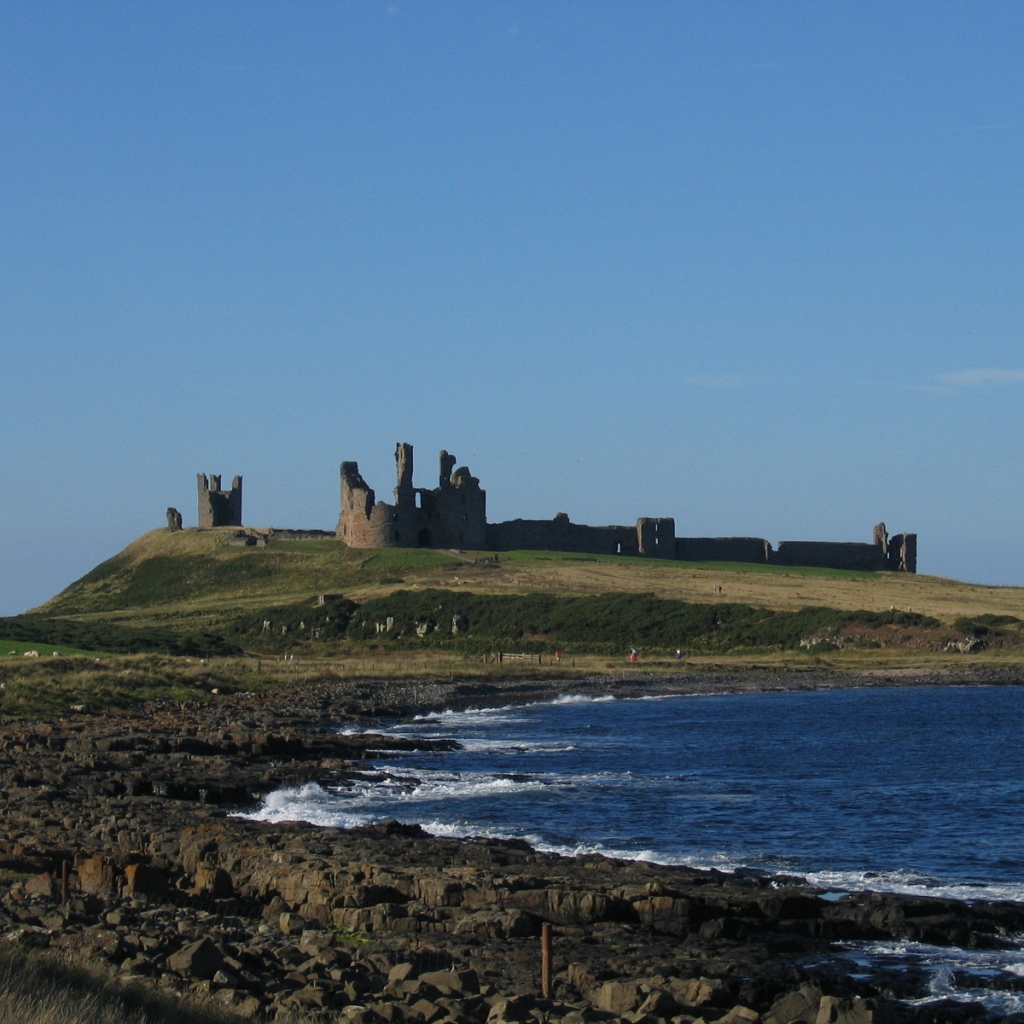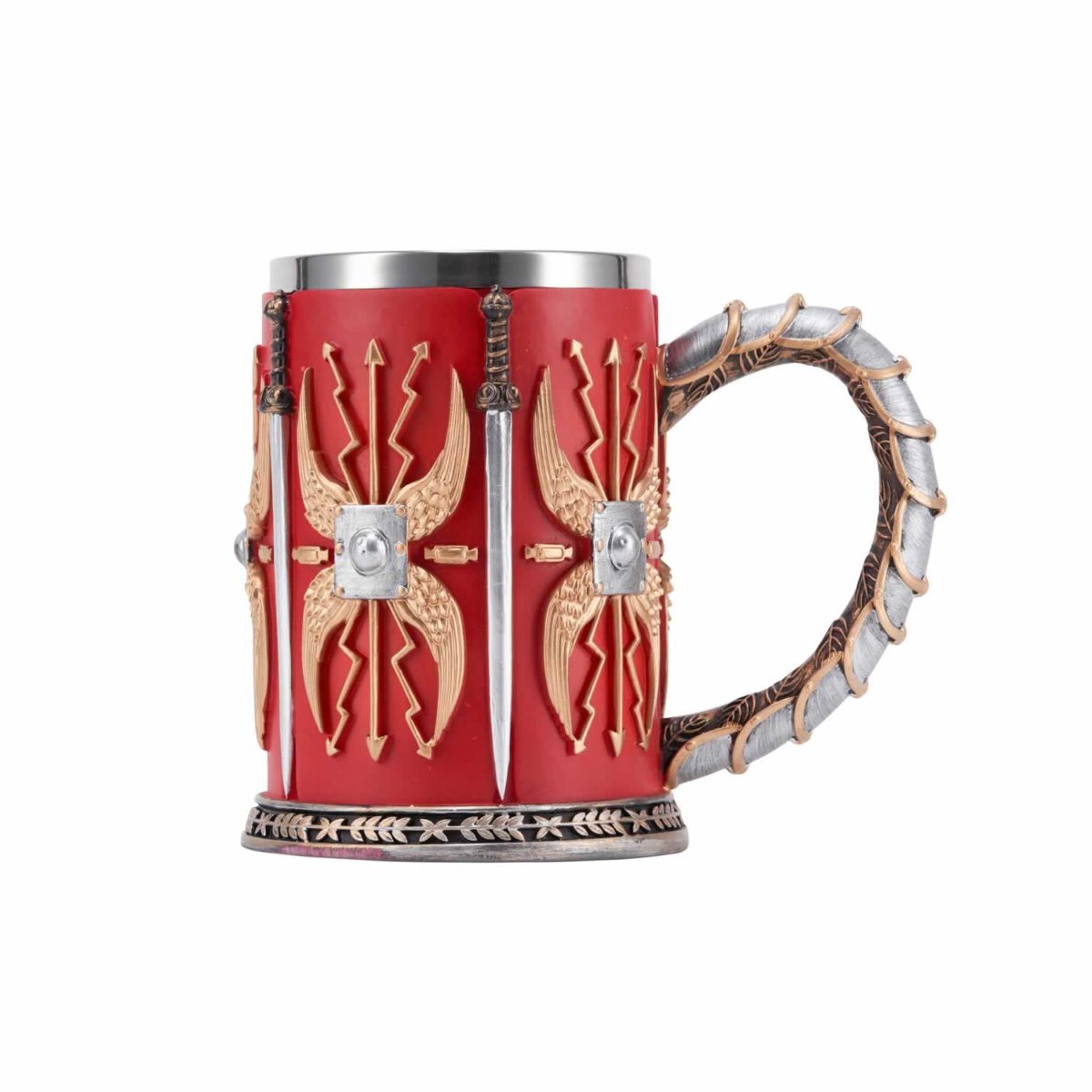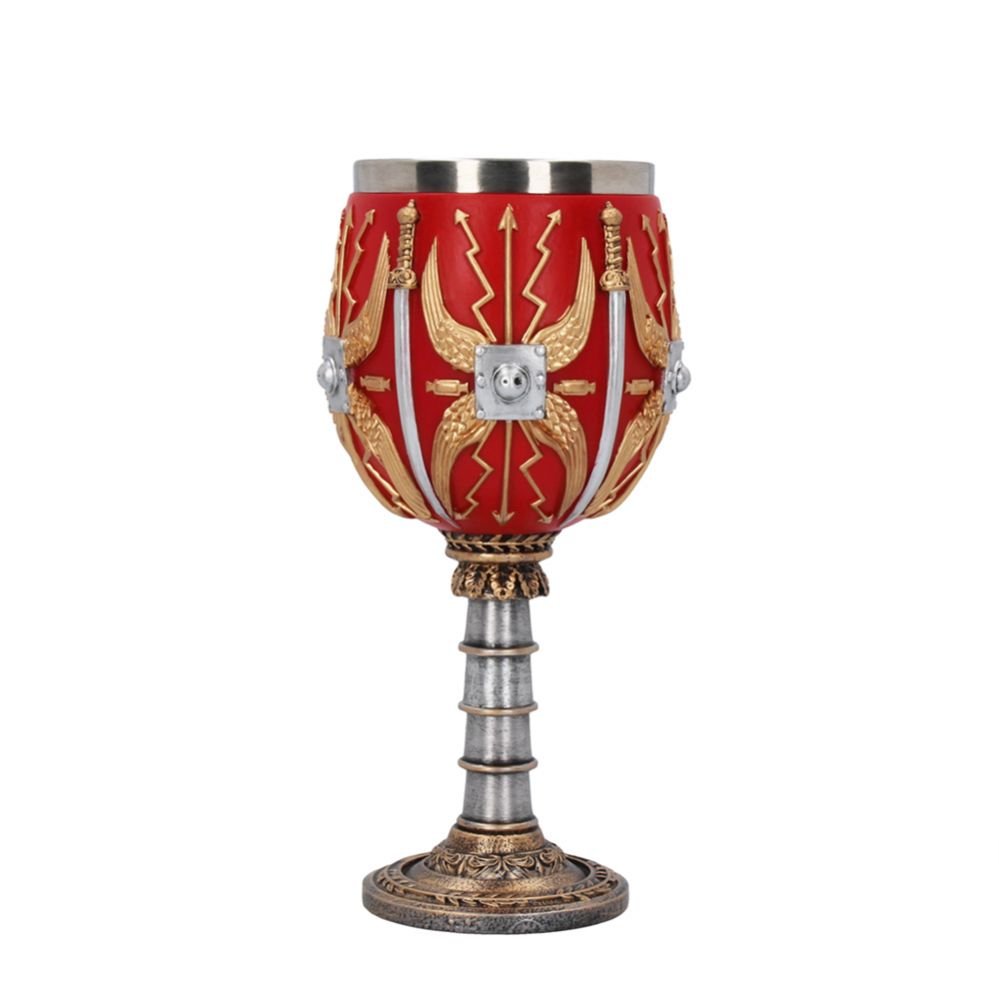Corbridge Roman Town
I can’t imagine that there are many surviving Roman high streets in England, but in Corbridge Roman Town you can walk along the ruins of Stanegate, the high street running through the Roman town of Coria. Around 1900 years ago, Coria was the most northerly town in the Roman Empire. It grew up around army forts built here to defend the crossing over the River Tyne and an important crossroads close to Hadrian’s Wall. The town prospered for hundreds of years and acquired many grand buildings along with the more modest houses and workshops of the craftspeople, traders, and their families.
The citizens of Corbridge Roman town changed the routing of Stanegate, which travelled east-west, and Dere Street, travelling north-south, through the heart of the town to form the high street. The new town layout encouraged travellers to pass between the jostling shop keepers and market traders, turning the crossroads into the town's lifeline.
The vibrant community of Coria survived right up to the end of Roman Britain in around 410AD. After the Roman legions withdrew from England, the once bustling town fell into decline and was eventually abandoned.
While Coria is no longer the bustlng town it once was, you can still walk the same streets as Roman soldiers and British citizens, and imagine market day at the very edge of the Roman Empire.
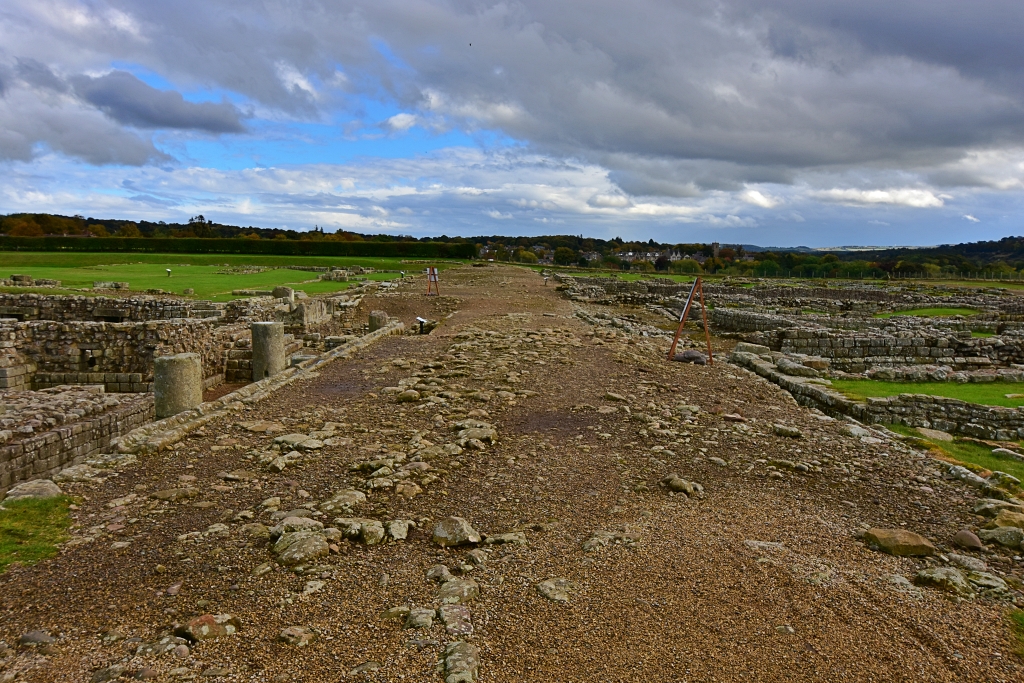 Corbridge Roman Town High Street © essentially-england.com
Corbridge Roman Town High Street © essentially-england.com
Highlights Of Corbridge Roman Town
Stepping from the museum to the town site, you encounter two very impressive granaries. We’ve visited several Roman sites in England, but it was only during this trip, where we were exploring sites along Hadrian’s Wall, that we started to appreciate how much food, especially grain, the Roman army required. These two granaries would have stored grains and food to supply the army, townspeople, and travellers.
Granaries were a vital part of Roman settlements and would have been grand buildings with decorated columns and inscriptions above the doors to honour the soldiers that built them. Inside, the grain and foodstuff were stored on a raised paved floor allowing air to flow freely and help keep the contents dry.
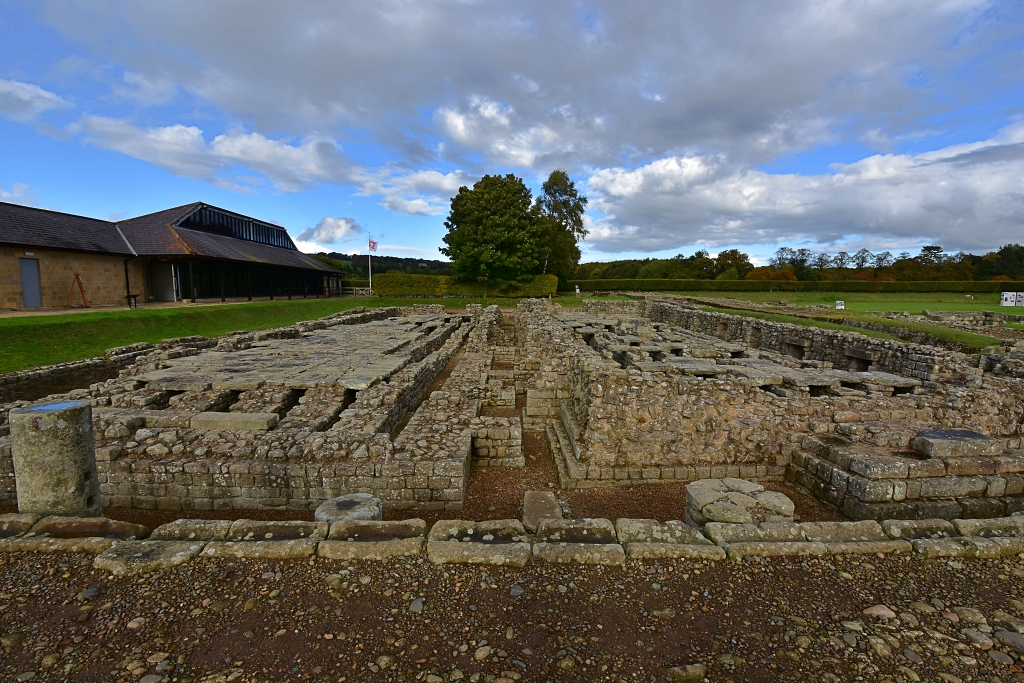 The Granaries © essentially-england.com
The Granaries © essentially-england.comNext to the granaries was a public fountain. Evidence suggests this would have been beautifully decorated with carvings and a statue either side. The water flowed from the town aqueduct through a spout into a tank to separate impurities, before passing through further spouts into a large drinking water tank at street level. There was certainly some thought put into this!
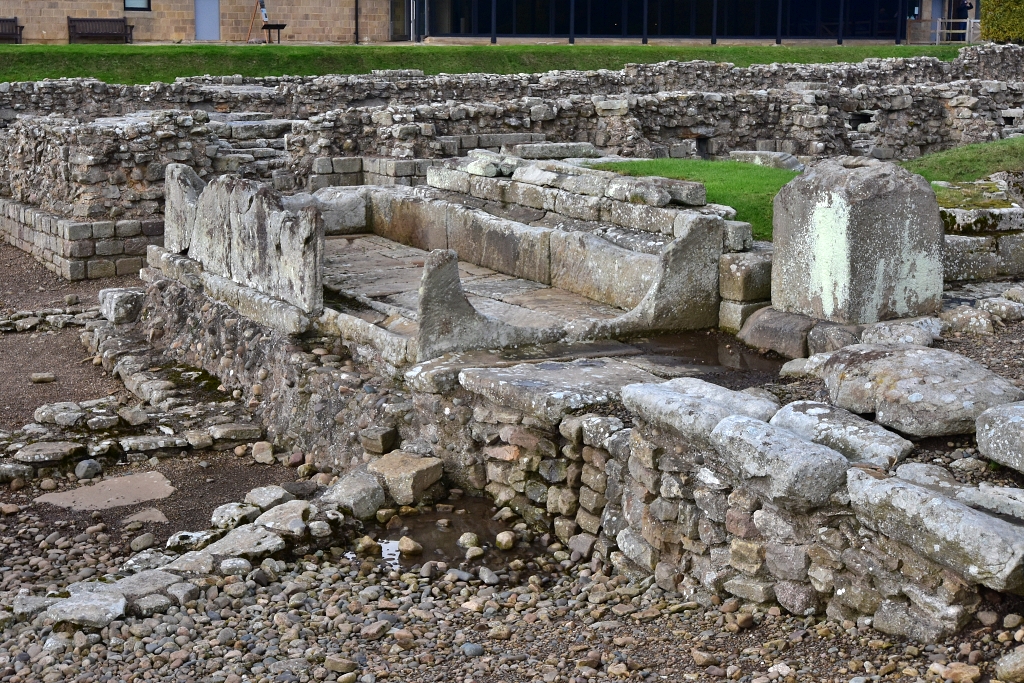 Drinking Fountain © essentially-england.com
Drinking Fountain © essentially-england.com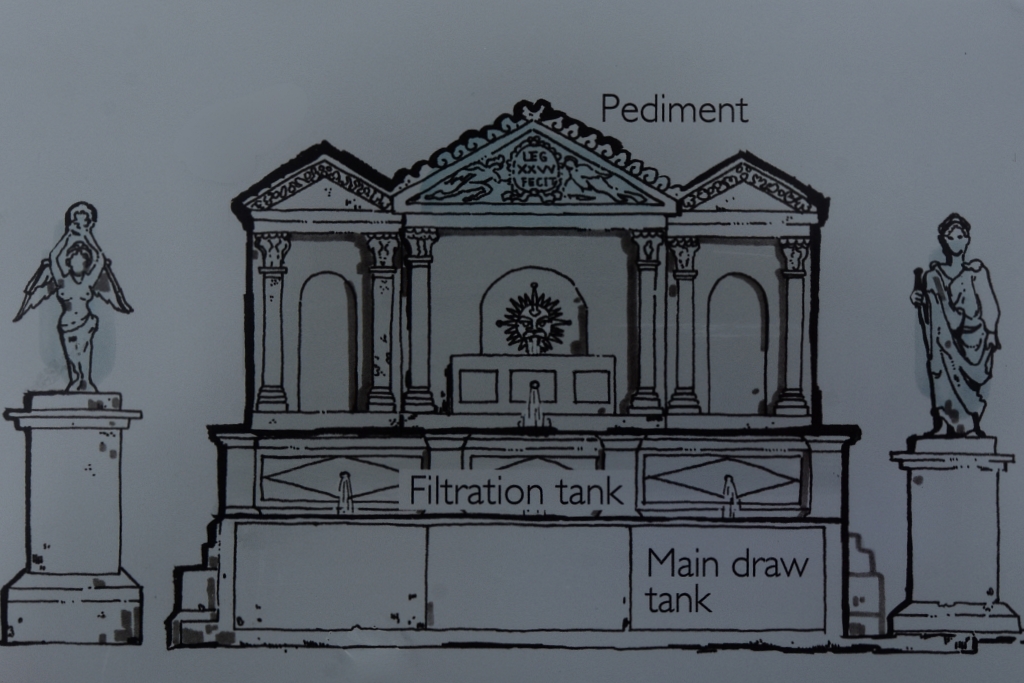 Artist Impression of the Drinking Fountain
Artist Impression of the Drinking Fountain (Photo taken from a English Heritage Information Board)
© essentially-england.com
On the opposite side of the high street low stone walls outline trader’s shops or workshops, plus living accommodation for the traders and their families. The craftsmen would be selling iron or bronze items, pottery, glass, jewellery, and textiles and leather.
As we wandered along the high street we spotted drainage and water channels and noticed that the houses all stood below the surface level of the road. So much so, that steps were required to go down into each building. The reason for this was soon apparent. Each time the road was refurbished, the Romans just built on top of what was already there.
Were the Romans being lazy or ingenious and invented the term “time saving”?
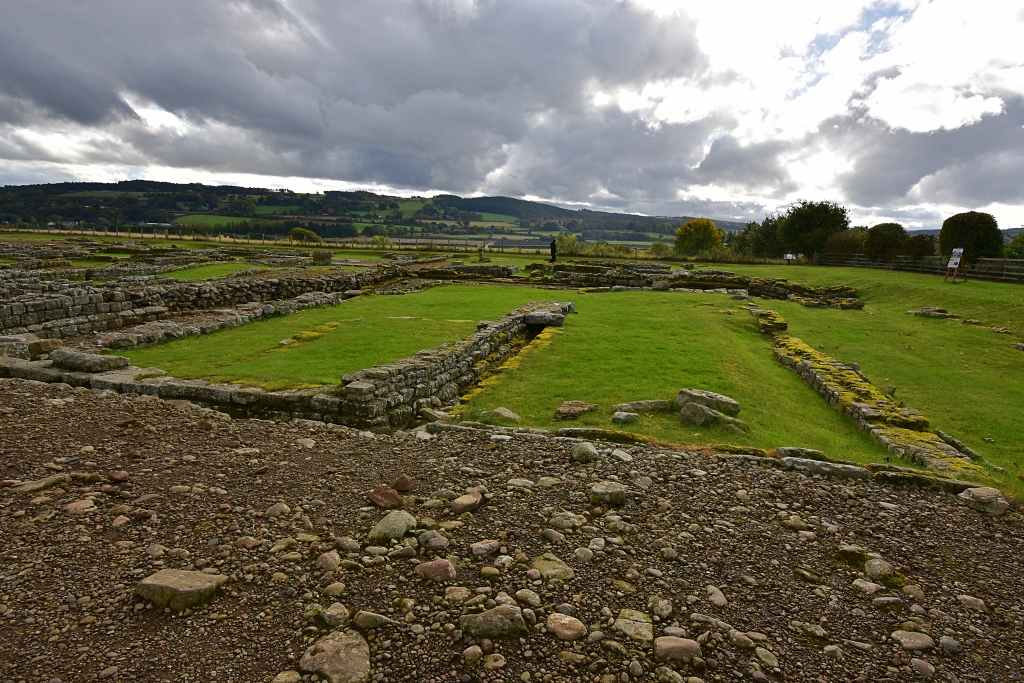 High Street Shops © essentially-england.com
High Street Shops © essentially-england.comA little further along Stanegate is some impressive stonework which is called the Courtyard Building. This square structure is huge, each side extending for around 60 metres (200 feet), but its use remains a mystery. Within the courtyard are the ruins of the Commanding Officer’s House and Fort Headquarters Building, which would suggest the courtyard was for military use, possibly a store.
It appears that only the frontage along the high street was completed as the stonework is fully dressed, and that further building work was abandoned around the year 170AD due to a crisis within the Roman Empire. As the high street range has been split into small rooms it is believed that this side of Courtyard Building was used as shops.
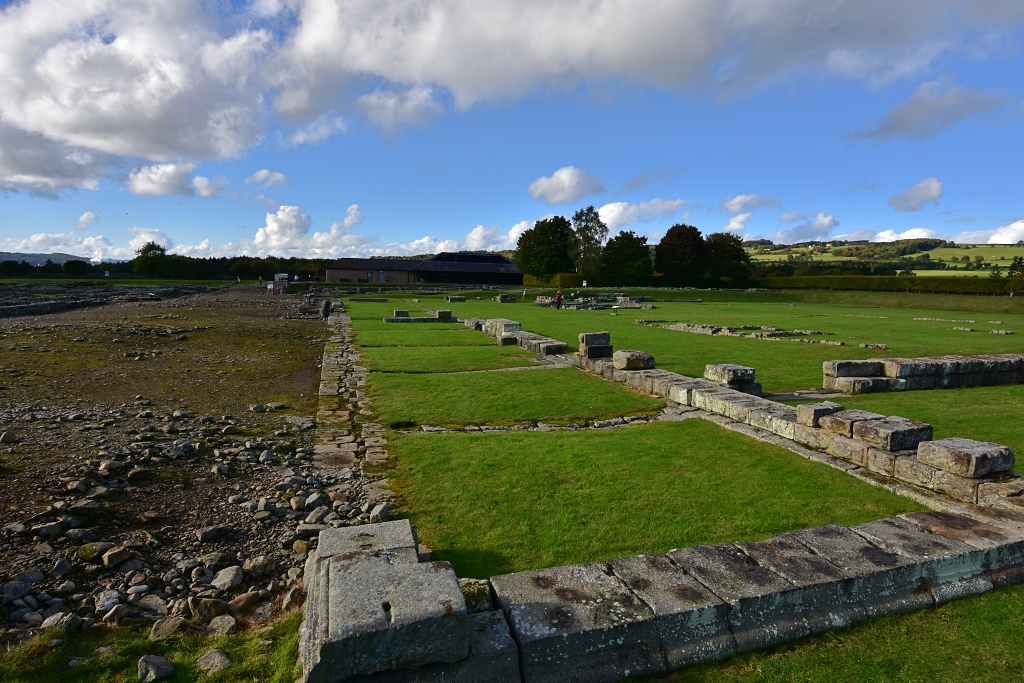 The Courtyard Building on Stanegate © essentially-england.com
The Courtyard Building on Stanegate © essentially-england.comMuch of the southern side of Stanegate is for military use. There are two compounds split by a side street off Stanegate. At the junction are signs of the stone towers of a guarded gateway. Within the compounds you can find a temple or shrine and the basement of a strongroom.
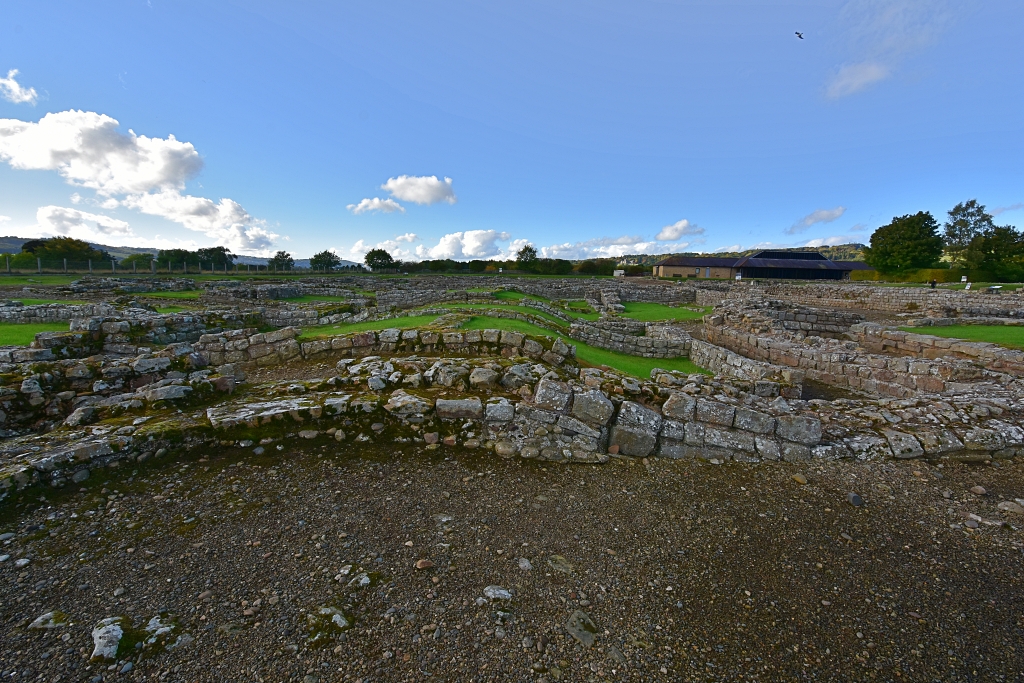 Looking Over the West Compound © essentially-england.com
Looking Over the West Compound © essentially-england.com
Corbridge Roman Town Museum
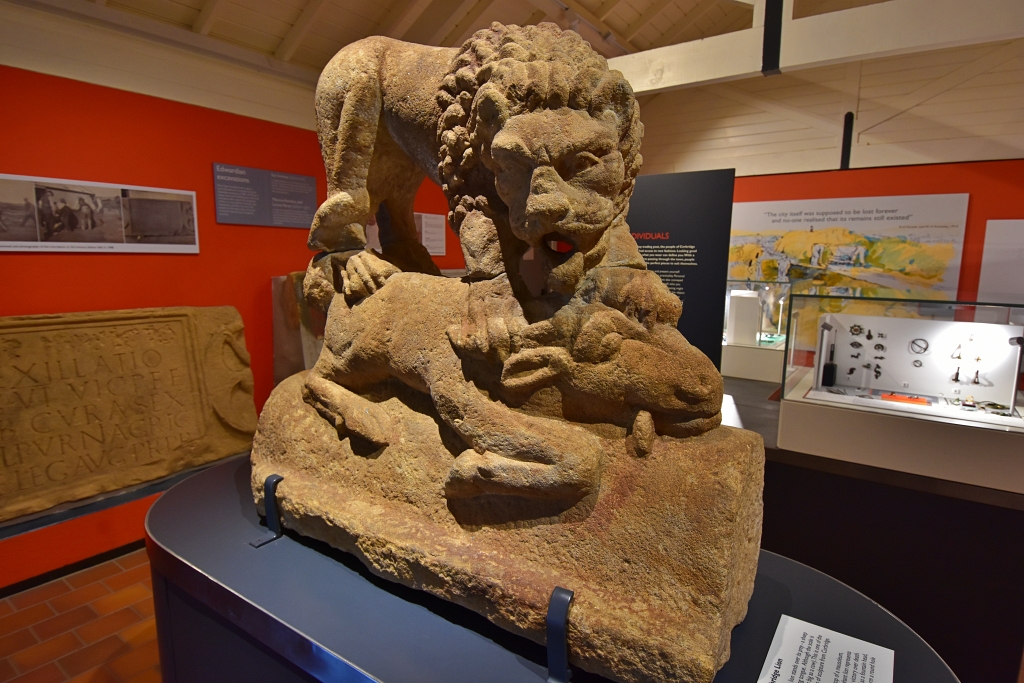 The Corbridge Lion © essentially-england.com
The Corbridge Lion © essentially-england.comThe small museum at Corbridge Roman Town has some lovely Roman artefacts on display. Some of the more well-known finds include the Corbridge Lion, which had been adapted from part of a funerary monument to make a fountain spout, the Corbridge Lanx, a silver plate found near the River Tyne, and the Corbridge Hoard, a collection of military equipment found buried in a chest.
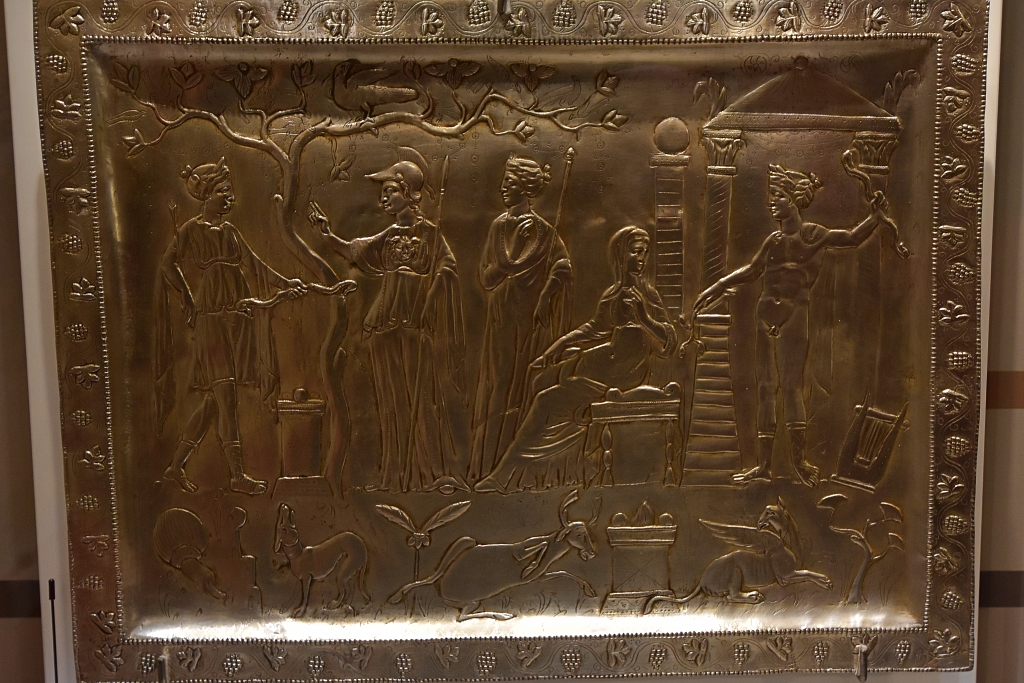 Replica of the Corbridge Lanx © essentially-england.com
Replica of the Corbridge Lanx © essentially-england.com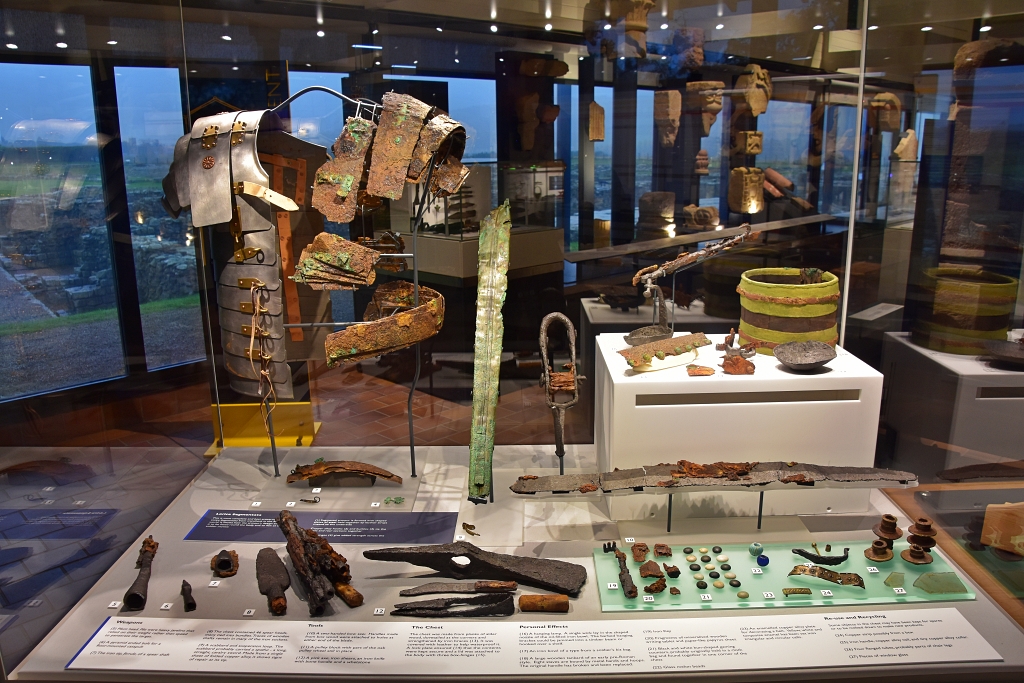 Items Found in the Corbridge Hoard © essentially-england.com
Items Found in the Corbridge Hoard © essentially-england.comFor more information on Corbridge Roman Town, opening times, and events please visit the English Heritage website. There is also an easy to read and informative English Heritage guidebook available.
Where we Stayed:- Moorgair Cottage near Slaley
We stayed in Moorgair Cottage near Slaley which was very convenient for visiting Hadrian's Wall and its many Roman sites as well as Hexham, Corbridge, and Heavensfield. From the visitors book we also understand there are terrific walks out to Blanchland and back. It was a beautiful cosy cottage, and we would highly recommend to anyone staying in the area.
Are You Planning to Visit Northumberland?
Where You Could Stay
There's a reason Northumberland is one of my favourite English counties. Its landscape is utterly gorgeous with long beaches and empty sweeps of hills that just beg to be walked. In between you can find small towns and pretty villages, conntected by lanes that are great on the bike as long as you have the legs for climbing. And there are holiday cottages to suit all tastes and budgets.
To see other holiday cottages in Northumberland click here. Or check out holiday cottages in other parts of England by clicking here.
Or you could try a family orientated Parkdean Resort in Northumberland.
If you need to find a hotel, then try one of these search platforms...
What You Could See and Do
Even if you stayed a month, you'd find that you don't have enough time to explore the county top to bottom and see everything it has to offer. There's plenty of history from Hadrian's Wall near Hexham to Lindisfarne in the north with reams of castles and ruins in between. There are beaches and seaside towns like Craster, Alnmouth and Seahouses - and some of the best fish & chips in all of England. There are market towns like Haltwhistle, Rothbury, Bellingham, Berwick, Warkworth and Harbottle to explore. And there are hillsides to climb and the great outdoors to enjoy.
Are you feeling in need of a holiday yet? Here are a few more pages that might give you ideas...
- Hadrian's Wall
- Berwick-upon-Tweed
- Alnwick Castle
- The Holy Island of Lindisfarne
- Take a stroll on the beach at Alnmouth
- Visit Alnwick with its famous castle and the cosy Barter Books bookshop
- Warkworth Castle
- Dunstanburgh Castle
- Cycling in Northumberland - my favourite tandem tour EVER!
- Spend the day exploring Cragside, near Rothbury, the worlds first home to have lighting powered by hydro-electricity
- Walk the St. Oswald's Way starting from Heavenfield and finishing at Lindisfarne
And if you want to explore more of Northumberland and its martial history, check out this Northumberland Castle Tour.
To read more about the sites along Hadrian's Wall return to our Hadrian's Wall page.
